London. Part Three.
Centers. Classic London
Upper Brook Street, near Hyde Park.




English window. It is manually lifted, and two taut cords automatically hold it in any position.

Classic London architecture.



The roofs of many houses are connected by a labyrinth of narrow and nearly vertical staircases. Perfect for practicing parkour.


Pipes. Metal contraptions on certain pipes rotate due to the wind and serve as ventilation: in summer, the wind flows through them to the attic and upper floor, while in winter, they are closed from the inside to retain warmth.


On rooftops, one can often find traces of relaxation: tables, verandas, flowers, loungers.



In Hyde Park, there are attractions.





The name of the park has become a generic term in the Russian language. Now, platforms for public events in Moscow are called “Gaid-Parks.” There is only one Hyde Park in London, known for its “Speaker’s Corner” — a small area in the park.

The W symbol on the columns of Westminster.

The quintessential London landscape: red bus and Big Ben. Connoisseurs should know that Big Ben is actually the name of the large bell in the Palace of Westminster, while the tower itself was called the Clock Tower (or St. Stephen’s Tower) until 2012 when it was renamed the Elizabeth Tower.

Visiting the palace is complicated. Only citizens of the United Kingdom can access the tower, while tours of other areas depend on the parliamentary schedule. Photography inside is prohibited, and signs on the fence state “Trespassing on palace grounds is a criminal offense.”




On the sidewalk next to the palace, there are peculiar metal blocks. Crowd control barriers, perhaps?

Just across the river from Parliament is the London Eye, a massive 135-meter tall observation wheel that offers a panoramic view of the entire city.

Modern, enclosed, spacious glass cabins with benches and tablets featuring a virtual map. The map is available in both day and night modes, and the panorama can be rotated and zoomed in using touch gestures.



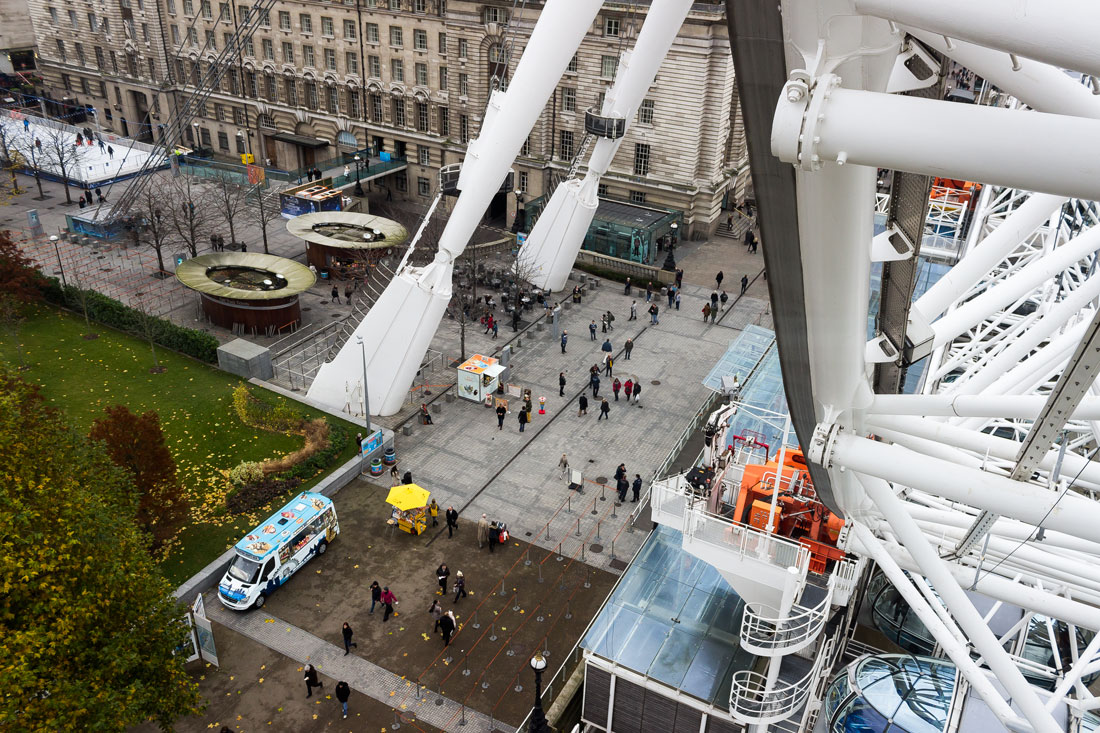
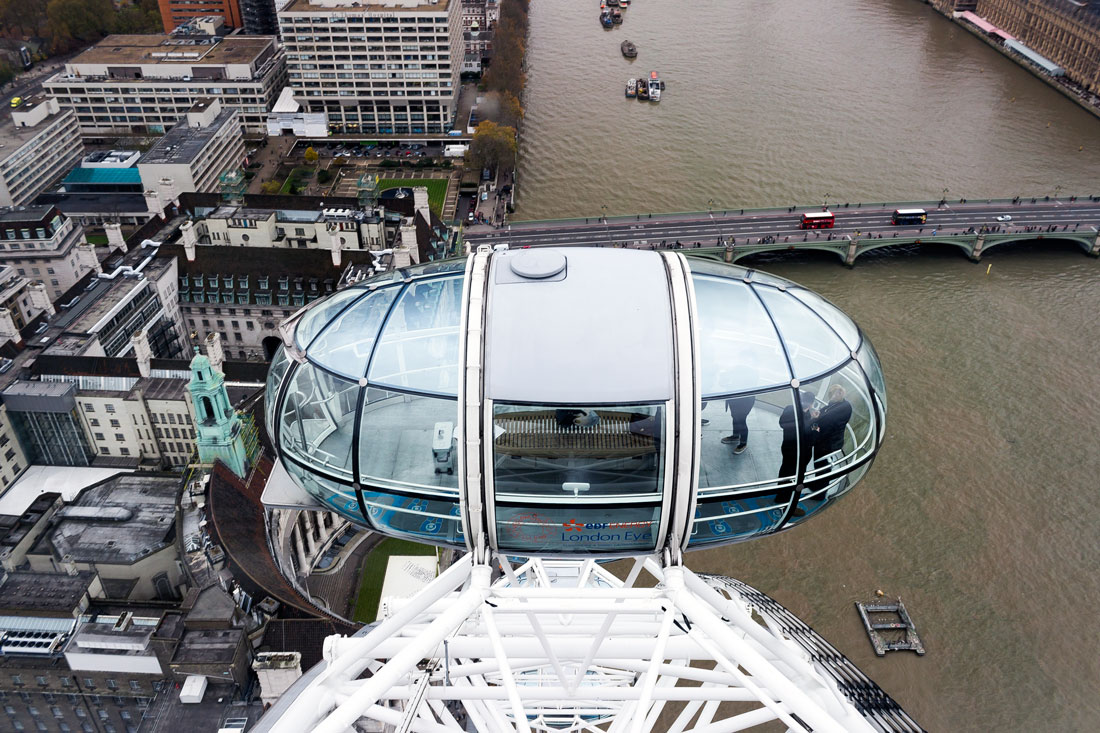
From above, it can be seen that London is predominantly low-rise in its architecture, with few skyscrapers and high-rise residential buildings. The skyline is primarily characterized by sporadic architectural protrusions.



They didn’t hesitate to install the wheel right in front of the government building.
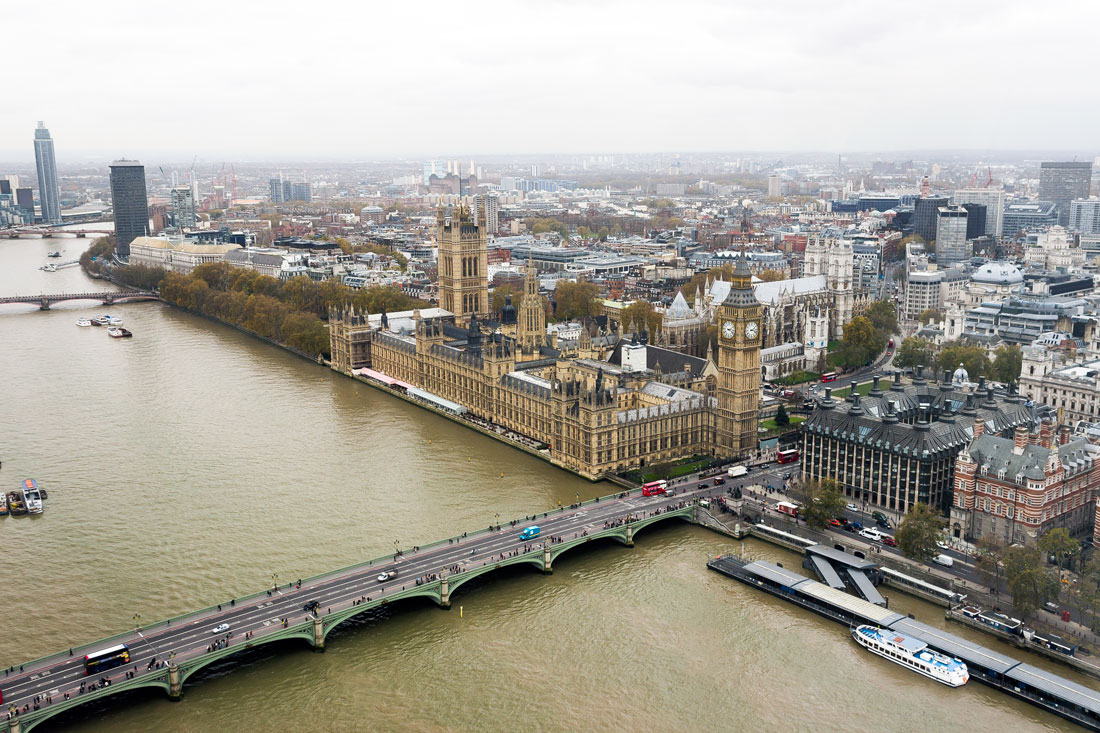
At the end of the ride on the wheel, guests are greeted by a massive camera.

A place of pilgrimage for Beatles fans is Abbey Road. Back in the distant 60s, the Beatles released an album with the same name, featuring a cover image of the four band members crossing this street on a zebra crossing. The cover became iconic, and thousands of people travel to the other end of the city just to cross Abbey Road at the pedestrian crossing.

The crossing is located right next to the recording studio, which is also named Abbey Road Studios. All the walls of the studio are covered in graffiti and quotes from Beatles songs. They are not even washed off, as it would be futile.




Entry to the studio premises is prohibited.

Next to the legendary crossing, road assistants in uniforms are on duty, helping tourists take photos. After all, it is a road, and with left-hand traffic, so it’s easy to get carried away and end up under the wheels. There have probably been incidents before, which led to the deployment of dedicated individuals to monitor the fans.



From that side, the place looks unrecognizable.

Royal Albert Hall of Arts and Sciences.

This year, a ball in honor of the 400th anniversary of the Romanov dynasty was held at the Albert Hall.



Managed to catch a glimpse of the celebration through a peephole from under the stage.

The busiest place in London is Oxford Street.

It is home to all imaginable boutiques, shopping malls, clothing stores, and gift shops.


Before Christmas, thousands of lights adorn the street. Signs glow with warm pink neon lights.



In addition to fashionable stores, there are also many kiosks on the street, scary stalls with currency exchange and iPhone repairs.


Public toilet on Oxford Street.

Inside, there was a famous English sink with two faucets. In the past, such sinks were used for washing: cold water flowed from one faucet, and hot water from the other. It was necessary to plug the hole in the sink with a stopper, fill it with water of the desired temperature, and wash, splashing in this little puddle. However, upon closer inspection, it turned out that now warm water flows from the first faucet, while the second is nothing more than a hand dryer. Incredibly absurd stylization.
The toilet costs 50 pence. The doors open from the inside by pressing a button or automatically after 20 minutes.
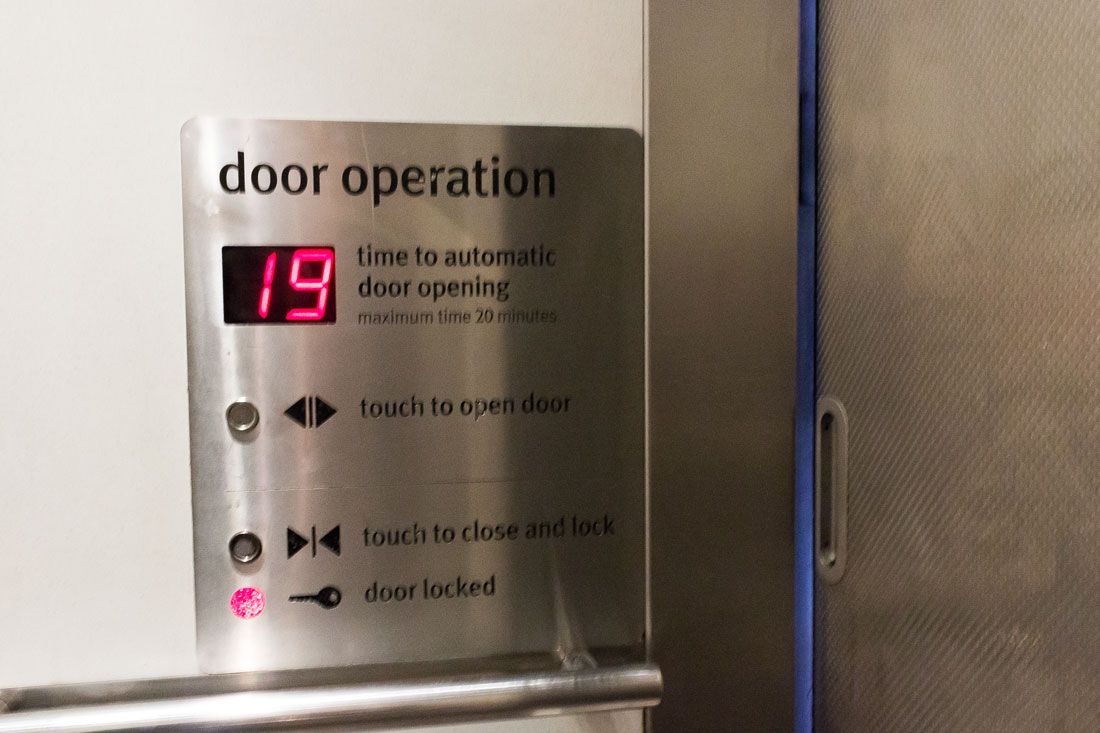

Special areas are provided in the sidewalks that can be easily broken and opened if necessary — this is done to release smoke in case of an underground fire. The sign says “Smoke outlet from sub-basement.”

In general, there are relatively few tiles in the city. Sidewalks are mainly covered with asphalt, and the asphalt often appears cracked and worn out.

On Trafalgar Square, there is a blue rooster. There are four pedestals here. Since the opening of the square in the 19th century, three of them have had classical statues installed, while the fourth pedestal remained empty until 2000 due to a lack of funds for a monument to King William IV. Nowadays, it has become customary to place some modern artwork in that spot every year. In 2013, there is a blue rooster standing there, symbolizing strength and renewal.

The skyscraper “The Shard”.

The tallest building in London and Europe. The tower was constructed in 2012, with a height of 309 meters. Since skyscrapers in the City are very close to the historic Tower, such construction always generates significant public resonance.
Tower Bridge. The traffic is open on the bridge.


Within the city of London, there is another city of London. The first London refers to everything that is commonly considered as London, while the second London refers to the historic center, which is considered partially separate from the main city and has its own unique administration. In English, the overall London is simply called London or The City of London. The historic center is referred to as The City of London, with the difference being only in the capitalization of the letter “C”.
The coat of arms of the City of London.

The coat of arms is used on all objects within the City: posts, bus stops, street signs.



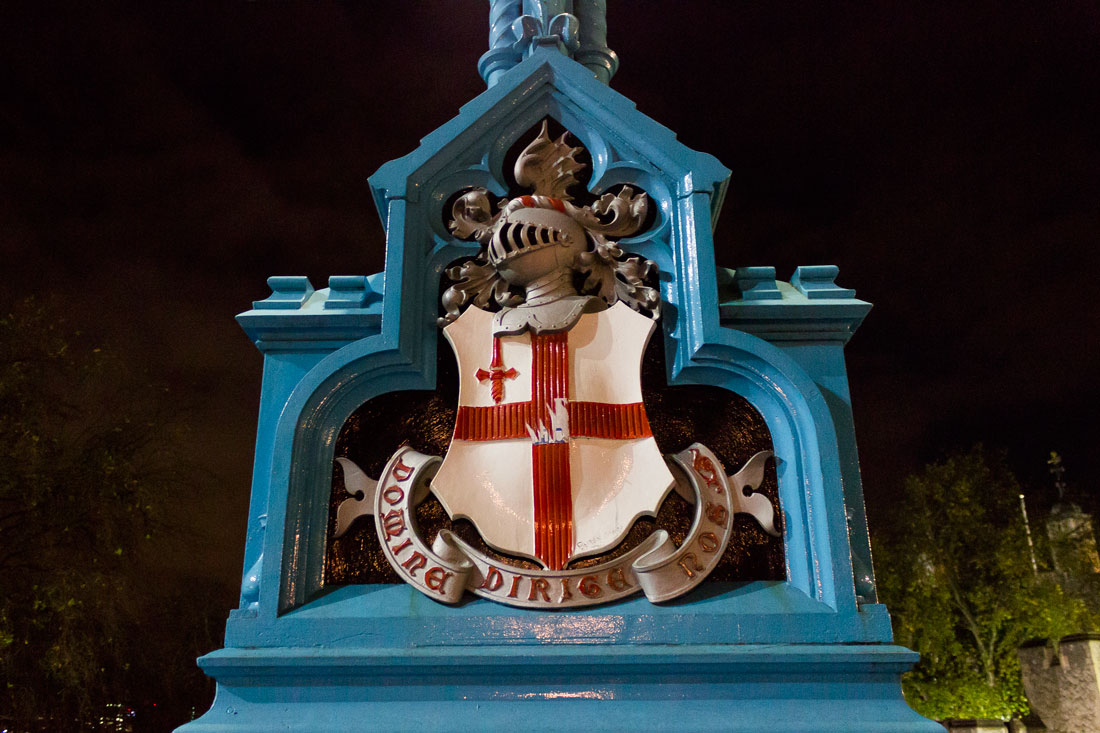

Green telephone booth.

The City is a global financial center. It is home to numerous skyscrapers and office centers located near the historic Tower of London and St. Paul’s Cathedral.



For the 2012 Olympics in London, around a hundred high-tech trash cans were installed, each costing approximately $50,000. These bins are equipped with Wi-Fi and have two displays that show news, weather, and advertisements. Only paper can be disposed of in such bins. Recently, a major scandal occurred when it was revealed that these bins were collecting information from smartphones of people passing by.

London is slowly but steadily realizing George Orwell’s dreams.


